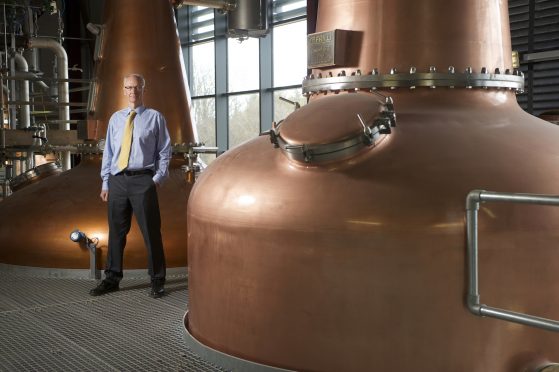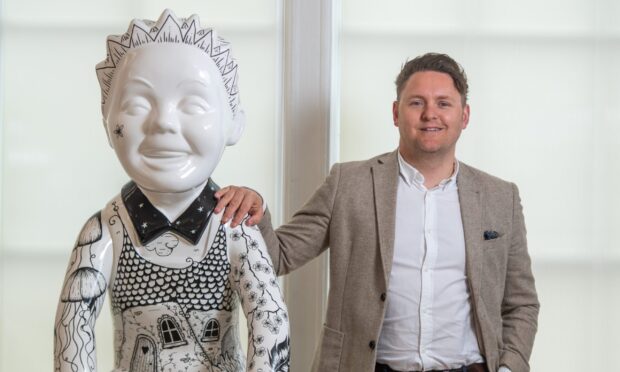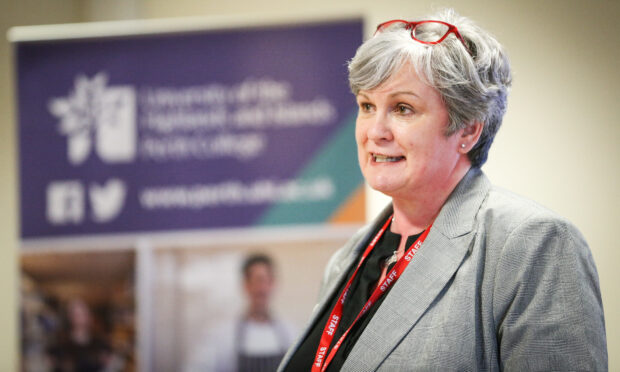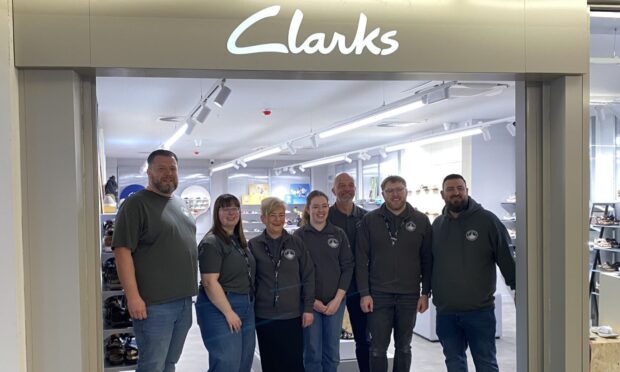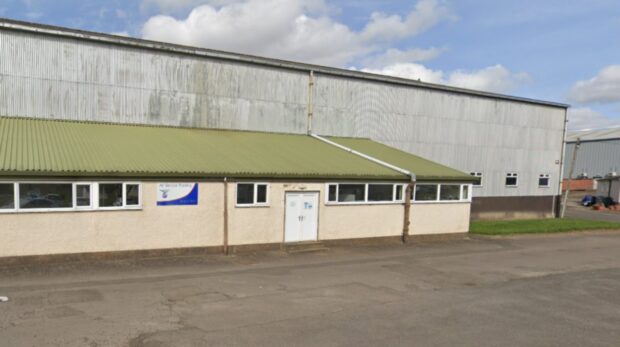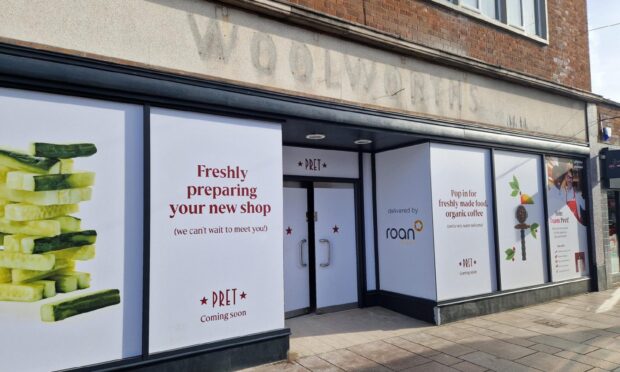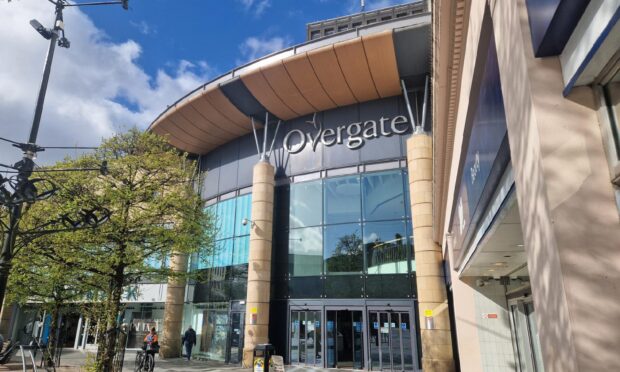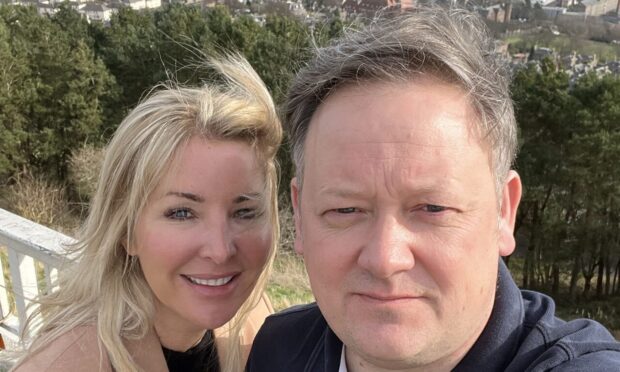A new distillery which has made a multimillion pound investment in Fife has announced its plans to use rye in Scotch whisky for the first time in 100 years.
InchDairnie Distillery in Glenrothes, owned by Fife distiller John Fergus & Co Ltd, opened in May last year under the leadership of industry veteran Ian Palmer.
The distillery, which employs 11 staff in Whitecraigs Road, is expected to bottle its single malt in 2029.
However, the company announced yesterday that its first product available to the public will be an innovative ‘rye whisky’ called Ryelaw which brings together elements of Scotch whisky and American rye whiskey.
The product will be made with a high proportion of malted rye, the key component in American rye whiskey, and also malted barley, the key ingredient in Scotch whisky.
The distillation process started yesterday and the finished result is expected in six to eight years’ time.
Mr Palmer, who has 40 years of industry experience, said the product was inspired by the 1908/9 Royal Commission Report on Whisky and Other Potable Spirits which showed rye was historically commonly used to make Scotch whisky more than 100 years ago.
He said: “When we built the distillery, our intention right from the start was to push the boundaries of flavour in whisky using a combination of our experience and new technology while remaining true to whisky’s traditions.
“The creation of Ryelaw marks what is believed to be the return of the use of rye in Scotch whisky for the first time in over 100 years, and the culmination of a meticulously developed year-long project.”
When work on the distillery started in 2014, it was announced that the project had an investment value of £7 million.
The project was supported by grants from the Scottish Executive and Scottish Enterprise.
Ryelaw will officially be categorised as a single grain Scotch whisky made using malted rye.
The finished product will also meet the legal requirements of American rye whisky which must be at least 51 per cent rye.
Ryelaw will become part of InchDairnie Distillery’s core range alongside InchDairnie Single Malt.
The company yesterday said it was too soon to say how many whiskies would form part of their range.
Mr Palmer added: “Creating this rye whisky is one of many experimental ideas we had in mind when we built the distillery and one of the reasons we chose to install specific equipment that others do not have.”
